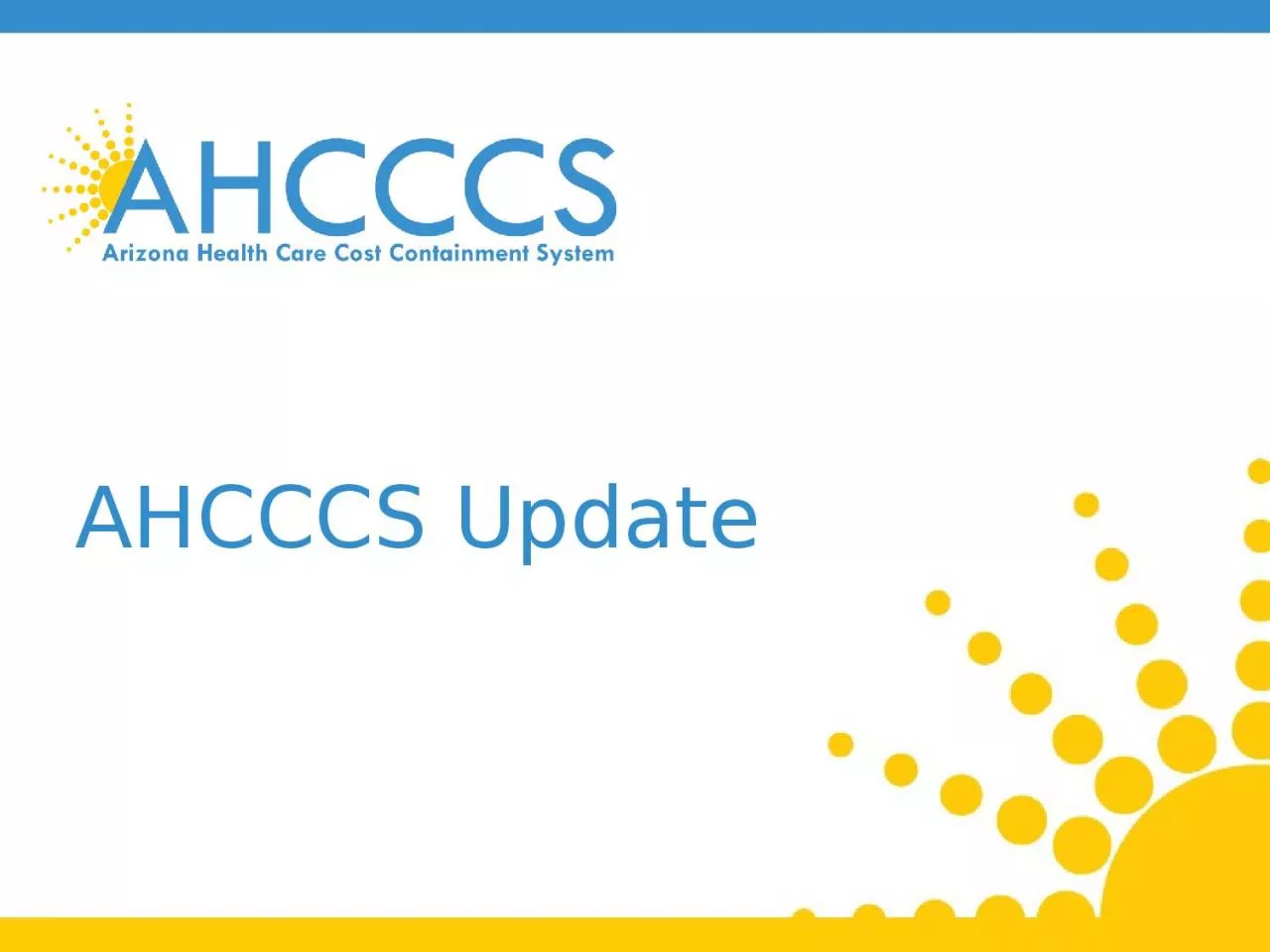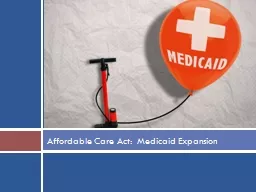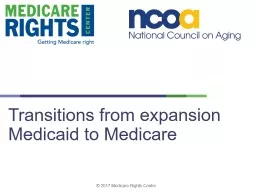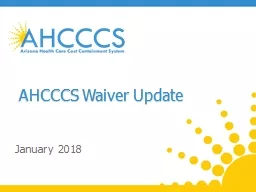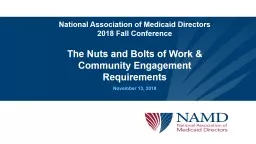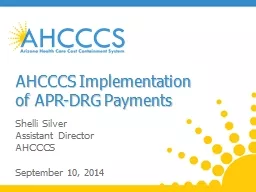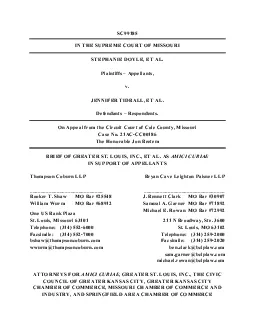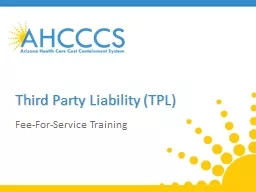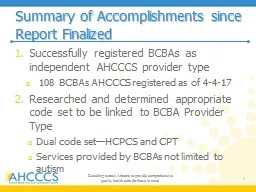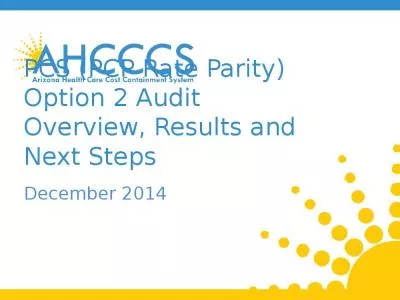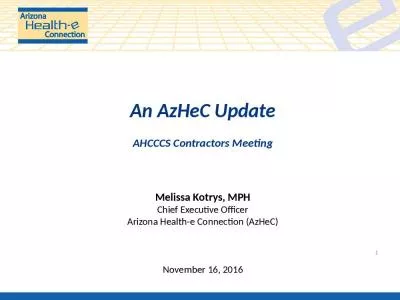PPT-AHCCCS Update Ohio Medicaid Expansion data
Author : angelina | Published Date : 2024-01-29
Uninsured rate for adults below 138 went from 324 to 14 88 of 700000 were uninsured 51 age 45 and older 27 diagnosed with chronic condition after eligibility 388
Presentation Embed Code
Download Presentation
Download Presentation The PPT/PDF document "AHCCCS Update Ohio Medicaid Expansion da..." is the property of its rightful owner. Permission is granted to download and print the materials on this website for personal, non-commercial use only, and to display it on your personal computer provided you do not modify the materials and that you retain all copyright notices contained in the materials. By downloading content from our website, you accept the terms of this agreement.
AHCCCS Update Ohio Medicaid Expansion data: Transcript
Download Rules Of Document
"AHCCCS Update Ohio Medicaid Expansion data"The content belongs to its owner. You may download and print it for personal use, without modification, and keep all copyright notices. By downloading, you agree to these terms.
Related Documents

